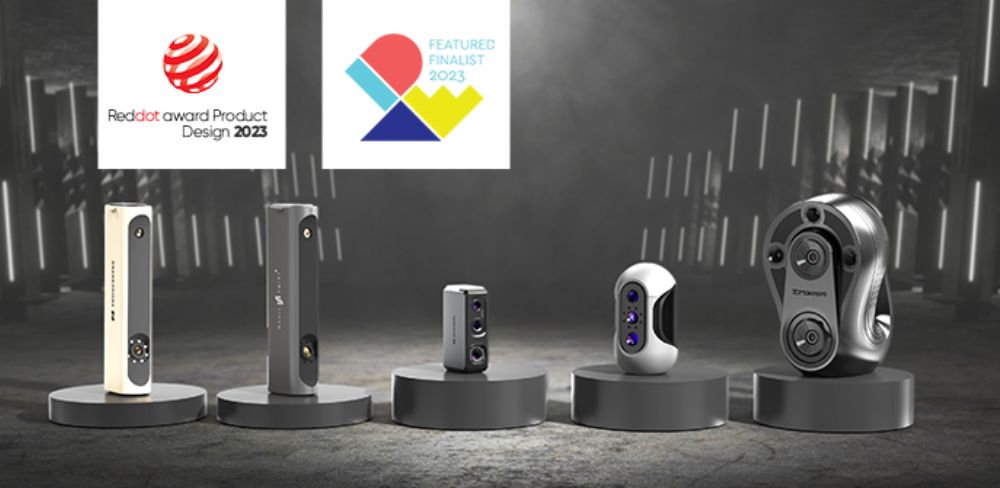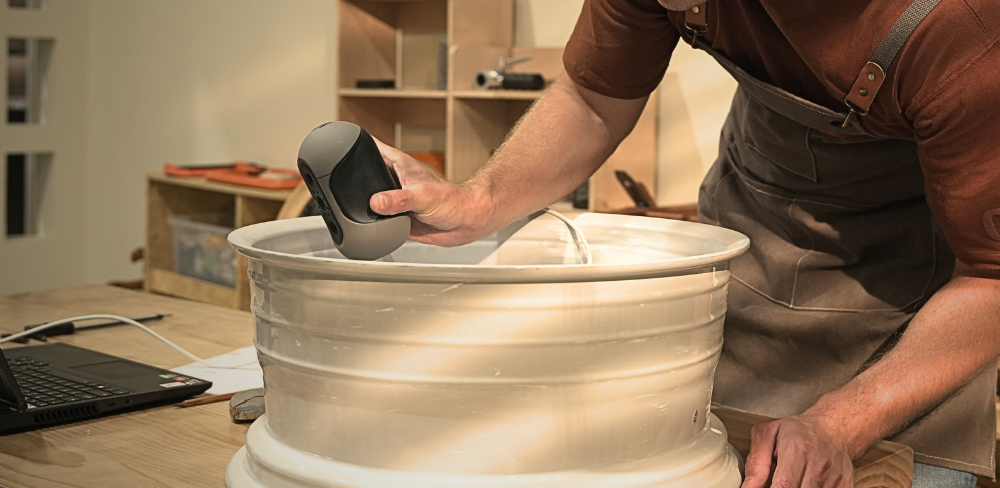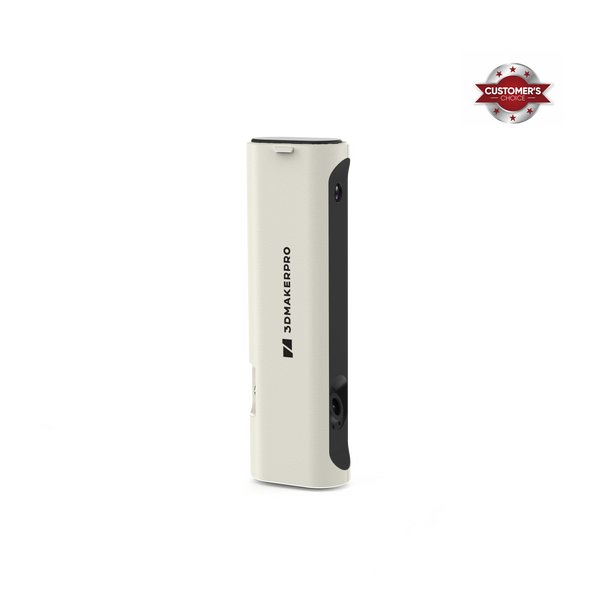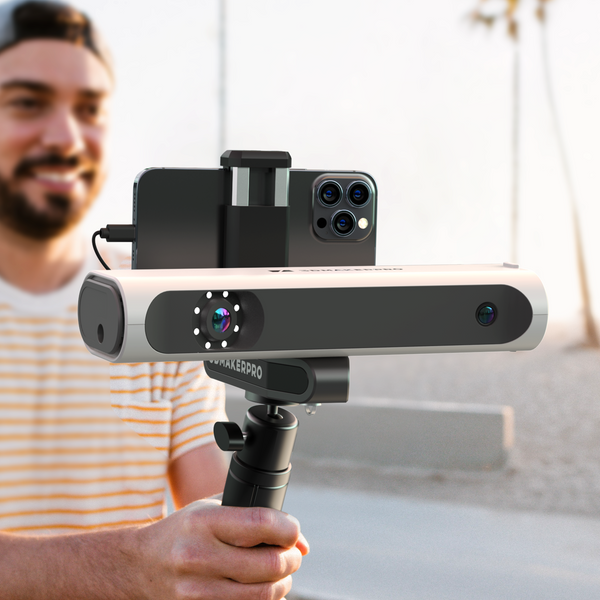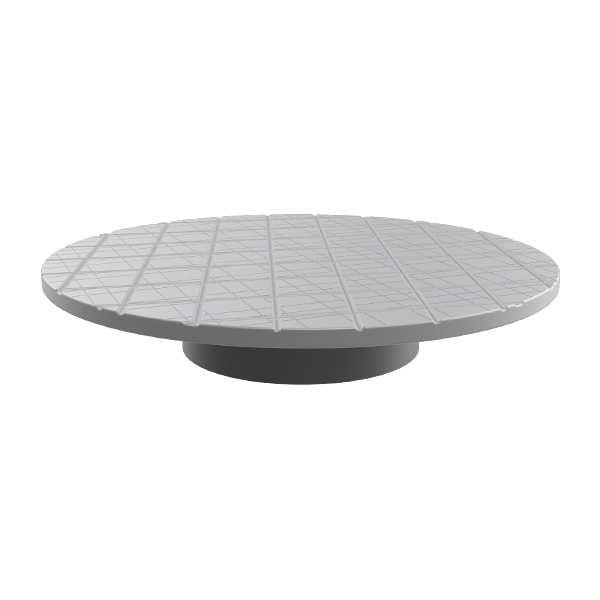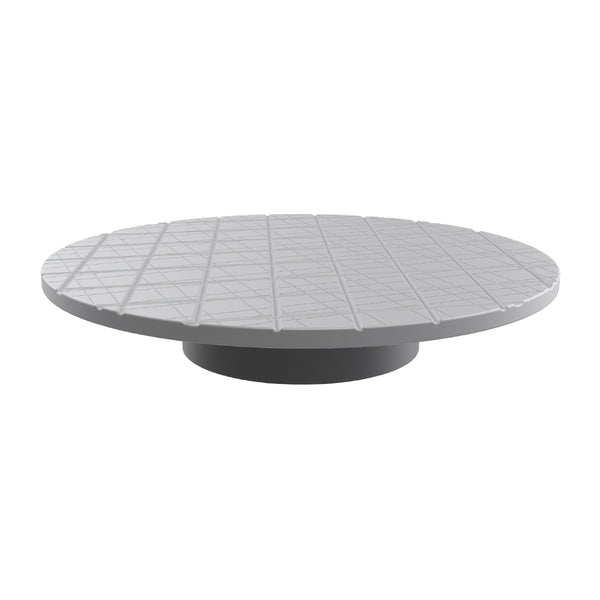Comparing the Lynx and Mole 3D Scanners: Features, Performance, and Applications
3D scanning technology has revolutionized various industries, from design and manufacturing to healthcare and entertainment. Two popular options on the market are the Lynx and Mole 3D scanners by 3DMakerpro. These scanners offer impressive capabilities and cater to different scanning needs.
We will look into a detailed comparison of the features and performance of the Lynx and Mole scanners, helping you make an informed decision based on your requirements.
Scanning Range and Object Size
Lynx boasts a large-format scanning range, with a single capture range of 250 × 400mm. This range is significantly larger than that of the Mole scanner, enabling the Lynx to capture objects up to 5000 x 5000 x 5000mm. On the other hand, Mole offers a more compact scanning range suited for smaller objects.
Accuracy and Resolution
Both the Lynx and Mole scanners deliver impressive scanning accuracy. Lynx offers up to 0.10mm accuracy, providing precise and detailed point clouds. Mole offers 0.05mm high accuracy, ensuring reliable and accurate scan results. In terms of resolution, both scanners provide a resolution of 0.30mm, allowing for capturing fine details.
Software and User Experience
Both the Lynx and Mole scanners come with user-friendly software to facilitate the scanning process. Lynx utilizes the JMStudio software, which is designed to deliver excellent scanning results with its efficient algorithms. It is compatible with a range of operating systems, including Windows, MacOS, iOS, and Android. Mole also comes with dedicated software, providing a seamless scanning experience.
Suitability for Applications
Lynx's large scanning range and high accuracy make it ideal for capturing medium to large objects such as human bodies, furniture, automotive parts, and sculptures. Its ability to reproduce objects faithfully, combined with its user-friendly software, makes it suitable for art, design, and industrial applications.
On the other hand, Mole's compact size and versatility make it well-suited for scanning smaller objects with intricate details. It is particularly useful for applications such as jewelry design, small-scale prototyping, and dental scanning. With its outstanding optical compatibility, the Near Infrared (NIR) technology incorporated into Mole's configuration enhances visibility, making even black objects easily distinguishable. This addition allows Mole to achieve exceptional scanning outcomes for objects of various colors.
Accessories and Connectivity
Both scanners offer optional accessories to enhance their capabilities. Lynx can be connected to mobile devices using the Connect accessory, allowing for on-the-go scanning. Mole offers accessories such as a tripod and color kit, providing additional flexibility and functionality.


